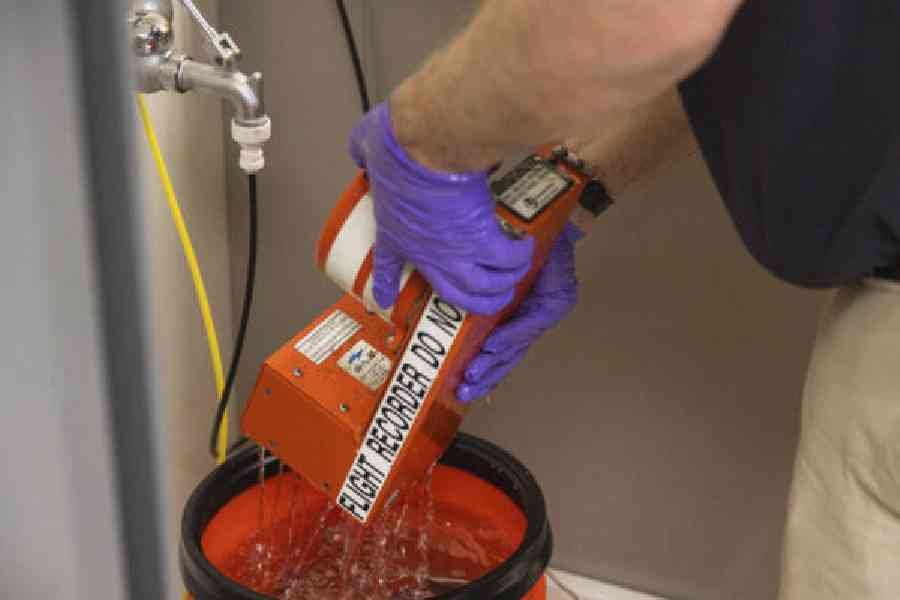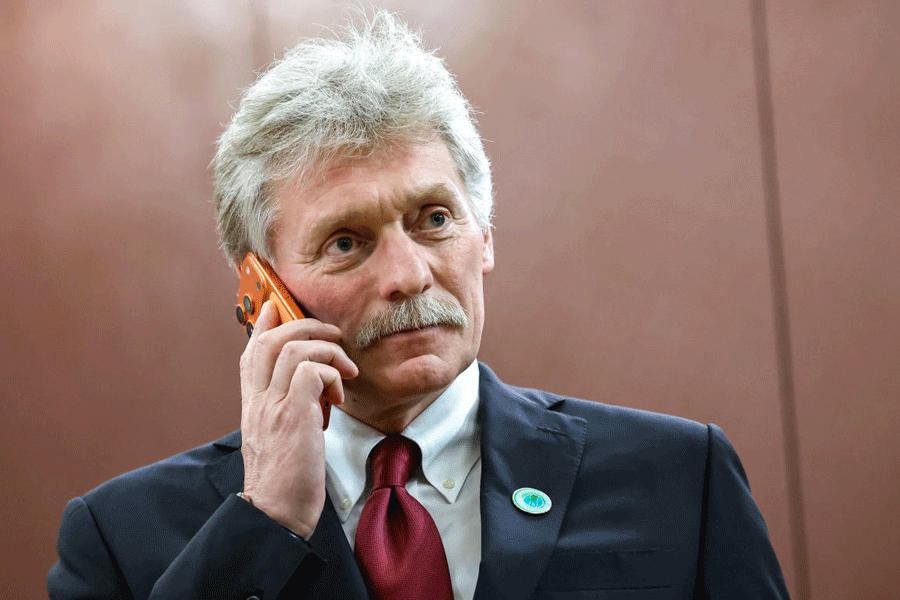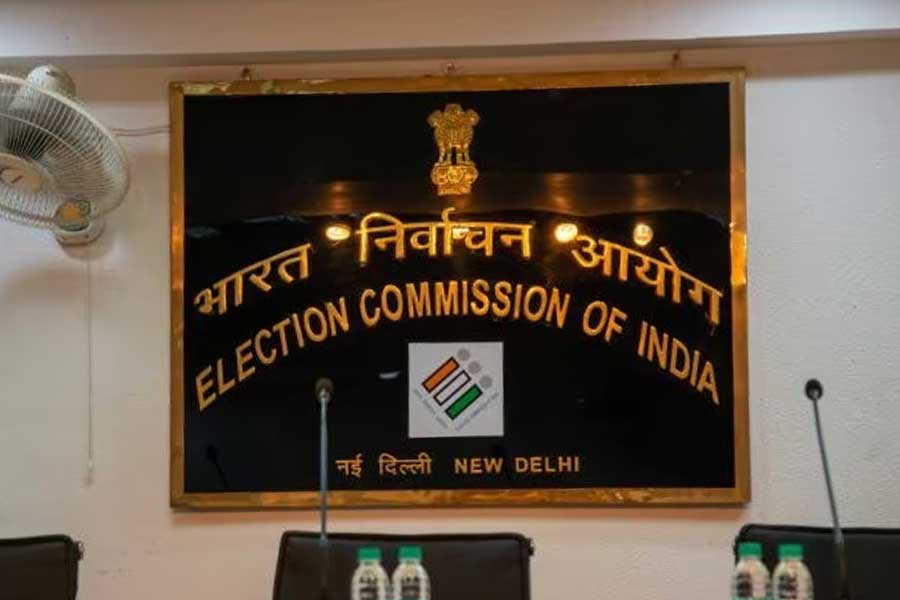Clues emerging from the moments before the deadly collision on Wednesday night between an army helicopter and an American Airlines passenger jet suggest that multiple layers of the country’s aviation safety apparatus failed, according to flight recordings, a preliminary internal report from the Federal Aviation Administration, interviews with current and former air traffic controllers and others briefed on the matter.
The helicopter flew outside its approved flight path. The American Airlines pilots most likely did not see the helicopter close by as they made a turn toward the runway. And the air traffic controller, who was juggling two jobs at the same time, was unable to keep the helicopter and the plane separated.
An FAA spokesman said the agency could not comment on the ongoing investigation, which is being led by the National Transportation Safety Board. Crash investigators will spend the next several months reviewing flight data, recordings from inside the cockpits, weather patterns, as well as interviewing controllers and others involved to try to figure out what went wrong.
But the catastrophe already appeared to confirm what pilots, air traffic controllers and safety experts had been warning for years: Growing holes in the aviation system could lead to the kind of crash that left 67 people dead in the Potomac River in Washington.
Even before an official cause is determined, there were signs on Wednesday that pilots and air traffic controllers at Reagan National were not operating under optimal conditions.
The duties of handling air traffic control for helicopters and for planes at Reagan National on Wednesday night were combined before the deadly crash. That left only one person to handle both roles, according to a person briefed on the staffing and the report.
Typically one person handles both helicopter and plane duties after 9.30 pm, when traffic at Reagan begins to lessen. But the supervisor combined those duties sometime before 9:30, and allowed one air traffic controller to leave, according to the person, who was not authorized to speak publicly about the investigation into the crash. The crash occurred just before 9 pm.
While there were no unusual factors causing a distraction for controllers that night, staffing was “not normal for the time of day and volume of traffic,” the preliminary FAA report said.
On Thursday, five current and former controllers said that the controller in the tower should have more proactively directed the helicopter and the plane to fly away from each other. Instead, the controller asked the helicopter to steer clear of the plane.
Some of the current and former controllers said the darkness could have made it more difficult for pilots to accurately gauge the distance between themselves and other aircraft. Some wondered whether the helicopter pilots mistook a different plane for the American jet.
New York Times News Service










